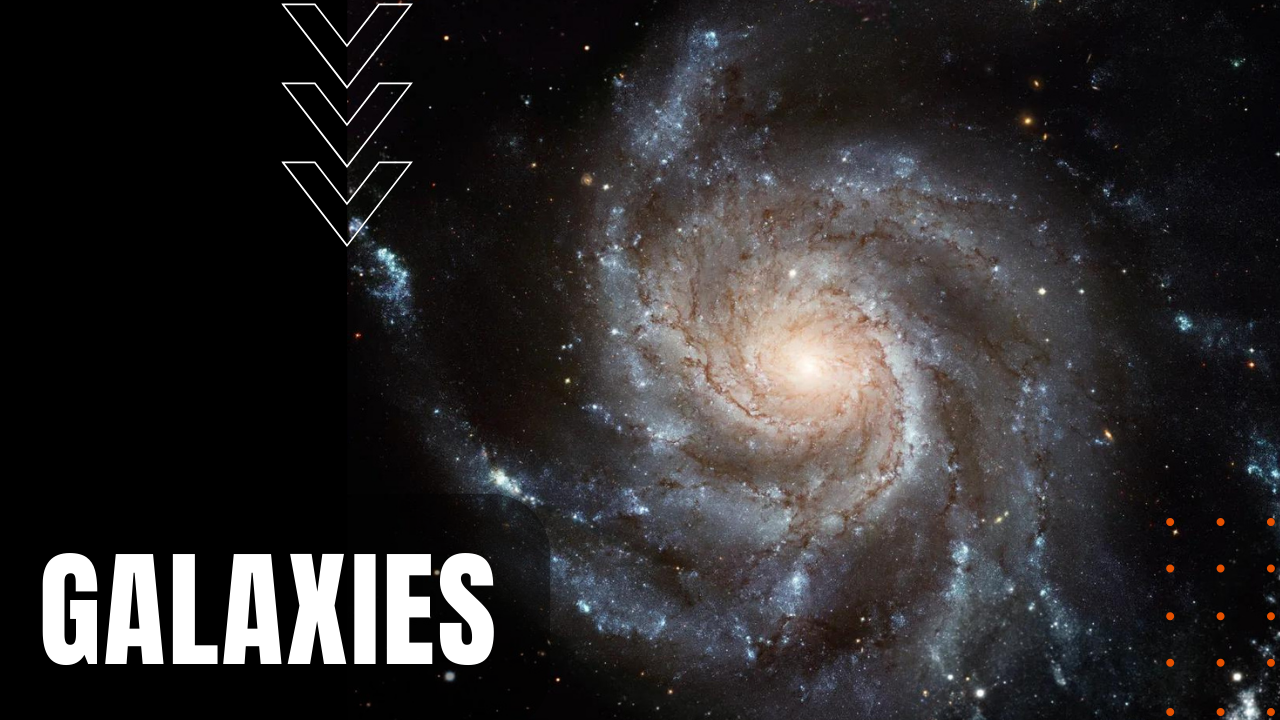Galaxies

Consisting of stars, planets, vast clouds of gas and dust, galaxies are bound together by gravity, some containing trillions of stars spanning more than a million light-years across, while other smaller galaxies are made up of a mere few thousand stars spanning one hundred to several hundred light-years across. Most large galaxies contain supermassive black holes at their centers—in some cases, billions of times larger than our Sun—which is what gives each galaxy its unique footprint, as viewed from such platforms as the James Webb Space Telescope.
Multi-Shaped
Galaxies also come in a wide variety of shapes, including spirals and barred spirals, ellipticals and those with less orderly appearance, dubbed by astronomers as irregulars. Most galaxies range in age from 10 to 13.6 billion years old, and while astronomers believe that the youngest known galaxy is a scant 500 million years old, others are as old as the universe itself, which formed 13.8 billion years ago, after the Big Bang. Held together by their mutual gravity, galaxies frequently organize into large groups of galaxies consisting of 100 or fewer galaxies, to larger groups known as clusters, which range in size from the hundreds to the thousands, followed by non-gravitationally bound superclusters, which comprise empty galactic voids known as “walls.”
Milky Way
Our home galaxy, the Milky Way, is a spiral galaxy spanning some 100,000 light-years across, with Earth located along one of its spiral arms, about halfway from its center. Even more mind bending is the fact that our solar system takes more than 240 million years for each solitary orbit around the Milky Way. The Milky Way resides in a neighborhood of 50 other galaxies known as the Local Group, ranging in size from dwarf galaxies with a few billion stars to our quite massive nearest neighbor, Andromeda.
Expanding Universe
As the universe continues to expand after the Big Bang, galaxies continue to drift away from each other in a phenomenon known as redshift, causing the light emitted by distant stars to stretch into longer wavelengths, offering astronomers crucial insights into the expansion rate of the universe, which also gives them a dynamic calculation looking backwards to the birth of the universe. Caught up in an intricate cosmic ballet, gravitational interactions between galaxies continue to trigger an ongoing cycle of star births and deaths, constantly reshaping black holes and the overall structure of galaxies, offering astronomers and laypeople alike, a captivating glimpse into the mysteries of the universe and our place within it.
